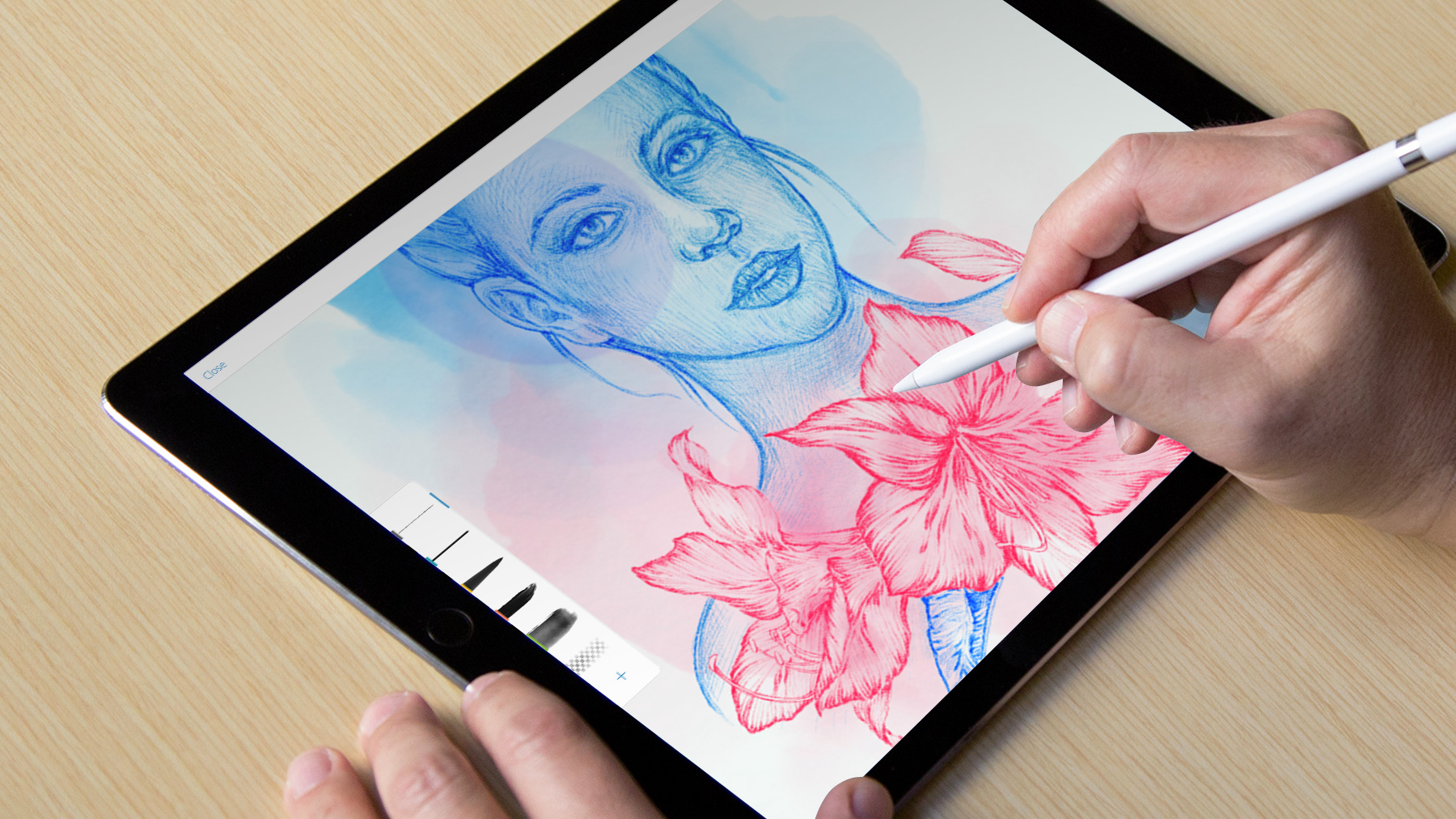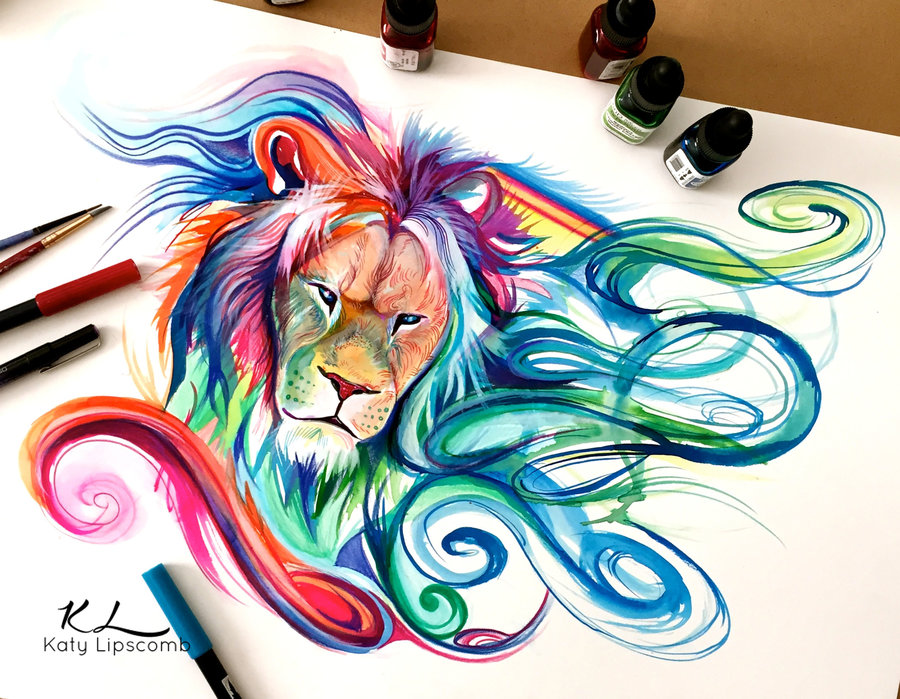Colored pencil drawing art 4
Table of Contents
Table of Contents
Are you tired of looking at your black and white drawings? Do you want to learn how to bring them to life with color? Look no further than Photoshop!
For many artists, coloring their drawings can be a daunting task. It’s easy to get overwhelmed with all the different tools and techniques available in Photoshop. But with a little bit of practice and guidance, anyone can learn how to color their drawings like a pro.
So, how do you color drawings in Photoshop? First, you’ll need to open your drawing in Photoshop and create a new layer above it for your colors. Then, use the brush tool to paint in your colors, using different brush sizes and opacities to achieve the desired effect. Finally, use layer masks and blending modes to refine your colors and make them pop.
To summarize, coloring your drawings in Photoshop involves opening your drawing, creating a new layer for your colors, using the brush tool to paint in your colors, and then refining your colors with layer masks and blending modes.
How to Color Drawings in Photoshop: Tips and Techniques
When I first started coloring my drawings in Photoshop, I struggled to achieve the look I wanted. But with some experimenting and a few tips, I was able to improve my coloring skills.
One technique I found particularly helpful was using multiple layers for my colors. By separating my colors onto different layers, I was able to adjust them easily without affecting the rest of my drawing. Another helpful tip was using the eyedropper tool to sample colors directly from my reference image.
 Overall, the key to successful coloring in Photoshop is practice and experimentation. Don’t be afraid to try out different tools and techniques until you find what works best for you.
Overall, the key to successful coloring in Photoshop is practice and experimentation. Don’t be afraid to try out different tools and techniques until you find what works best for you.
Mastering Coloring in Photoshop: Advanced Techniques
As you become more comfortable with coloring in Photoshop, you may want to try out some more advanced techniques. One such technique is using layer masks to create complex color effects.
With layer masks, you can selectively hide or reveal parts of your colors to create interesting textures and effects. For example, you could use a layer mask to apply a different color to just the shadows of your drawing, or to create a gradient effect.
Another advanced technique is using adjustment layers to fine-tune your colors. By adding adjustment layers, you can change the overall hue, saturation, and brightness of your colors, without affecting the underlying drawing.
Coloring Drawings in Photoshop: Troubleshooting
Even with the best techniques and tools, coloring in Photoshop can sometimes be frustrating. Here are a few common issues you might run into, and how to fix them:
Problem: My colors look dull and lifeless.
Solution: Try adjusting the saturation and brightness of your colors using adjustment layers. You may also want to experiment with different blending modes to make your colors pop.
Problem: My colors are bleeding outside of my lines.
Solution: Use layer masks to selectively hide parts of your colors that are outside of your lines. You can also use the eraser tool to clean up any stray marks.
Problem: My colors don’t look realistic.
Solution: Try using reference images to make sure your colors match the real world. You can also experiment with different brushes and blending modes to create more realistic textures.
Question and Answer
Q: Can I color my drawing directly on the original layer in Photoshop?
A: It’s generally not recommended to color on the original layer, as this can make it difficult to make changes later on. Instead, create a new layer specifically for your colors.
Q: How do I make my highlights and shadows look more realistic?
A: Try using layer masks to selectively adjust the brightness and saturation of different parts of your colors. You can also experiment with different blending modes to create more realistic shadows and highlights.
Q: How do I blend colors together seamlessly?
A: Use the brush tool with a low opacity and experiment with different colors and blending modes. You can also use the smudge tool or the blur tool to blend your colors together.
Q: How do I remove a color if I don’t like it?
A: Use the eraser tool to remove unwanted colors. If you want to make more selective changes, use the layer mask to hide parts of your colors.
Conclusion of How to Color Drawings in Photoshop
Coloring your drawings in Photoshop can seem intimidating at first, but with the right techniques and tools, it can be a fun and rewarding process. By creating multiple layers for your colors, using layer masks and blending modes, and experimenting with different brushes and tools, you can take your drawings to the next level. So don’t be afraid to dive in and start experimenting!
Gallery
HOW TO COLOR YOUR SKETCHES DIGITALLY!| Photoshop Tutorial | DownloadNow

Photo Credit by: bing.com / digitally downloadnow redactor
Sketch And Paint With Photoshop Sketch | Adobe Creative Cloud Mobile

Photo Credit by: bing.com / photoshop adobe sketch apps drawing digital painting mobile drawings paint ipad create tutorials creative cc paintings cloud
Colored Pencil Drawing Art 4 | 99Inspiration - Wonderful Artwork

Photo Credit by: bing.com / pencil drawing drawings colored color animals lipscomb katy lucky978 lion marker deviantart colorful artwork inspiring animal pencils sketches 99inspiration designbolts
Turning Your Photos Into Drawings With Photoshop - Photos To Pencil

Photo Credit by: bing.com / convert drawing pencil sketch converter drawings photoshop change into paintingvalley turning adobe sketches
Photoshop Photo To Pencil Drawing And Sketch - Complete Guide - YouTube

Photo Credit by: bing.com / sketch drawing photoshop pencil portrait photography effects complete guide visit color






